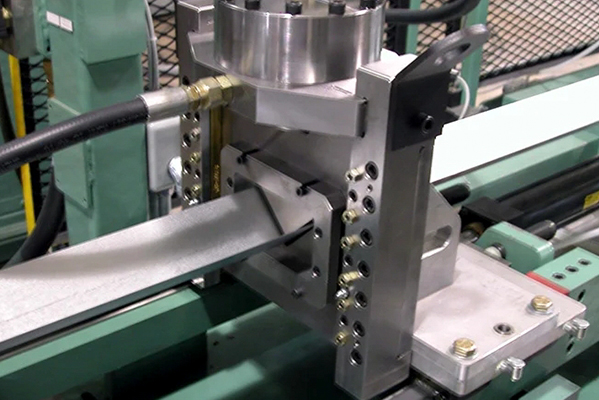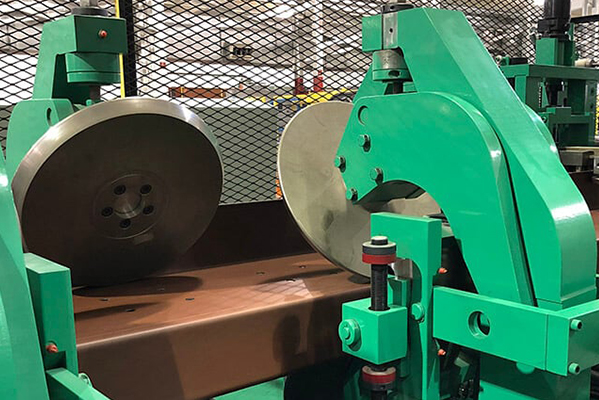Navigation Menu
Contact Us
- Email:
- info@wxavatar.com
- Address:
- Yurong Village, Yuqi Street, Huishan District, Wuxi, China.
Release Date:Jul 19, 2025 Visit:51 Source:Roll Forming Machine Factory
The roll forming industry continues to advance in 2024, with custom roll forming machines undergoing significant technological improvements. These developments are enhancing production capabilities, precision, and operational efficiency for manufacturers across various sectors. This article examines the current trends shaping custom roll forming technology this year.

Enhanced Precision Engineering
Modern custom roll forming machines now incorporate improved precision engineering features:
Advanced laser-guided alignment systems for consistent product quality
Micro-adjustment capabilities allowing tolerances within tighter specifications
Real-time monitoring of forming pressures and angles
Improved tooling designs that reduce material stress during forming processes
Smart Automation Integration
2024 sees greater integration of intelligent automation systems:
Machine learning algorithms that optimize forming parameters during operation
Automated changeover systems reducing downtime between production runs
Predictive maintenance technology identifying potential issues before failures occur
Enhanced human-machine interfaces with intuitive control systems
Material Handling Improvements
Recent developments in material handling include:
Sophisticated feeding systems accommodating a wider range of material thicknesses
Improved coil handling equipment for heavier gauge materials
Tension control systems that minimize material waste during production
Integrated straightening units that prepare materials more effectively for forming
Energy and Operational Efficiency
Manufacturers are implementing various efficiency enhancements:
Optimized drive systems reducing power consumption during operation
Heat recovery systems in machines requiring thermal processes
Improved lubrication systems extending component life
Modular designs allowing easier upgrades and maintenance access
Advanced Control Systems
Control technology has seen notable advancements:
Touchscreen interfaces with 3D visualization of forming processes
Cloud-connected monitoring for remote diagnostics and support
Digital twin technology for virtual machine testing and optimization
Enhanced safety systems with multiple redundancy features
Industry-Specific Customization
Roll forming machine builders are offering more tailored solutions:
Specialized configurations for automotive, construction, and appliance sectors
Machines designed for unique material combinations and composite forming
Compact systems for smaller production facilities
High-speed configurations for volume production requirements

Conclusion
The custom roll forming machine sector in 2024 demonstrates steady progress across multiple technological fronts. From precision enhancements to smarter automation and specialized configurations, these developments are helping manufacturers meet evolving production demands while maintaining quality standards. As the technology continues to mature, users can expect further refinements that address specific industry challenges while improving overall equipment performance.